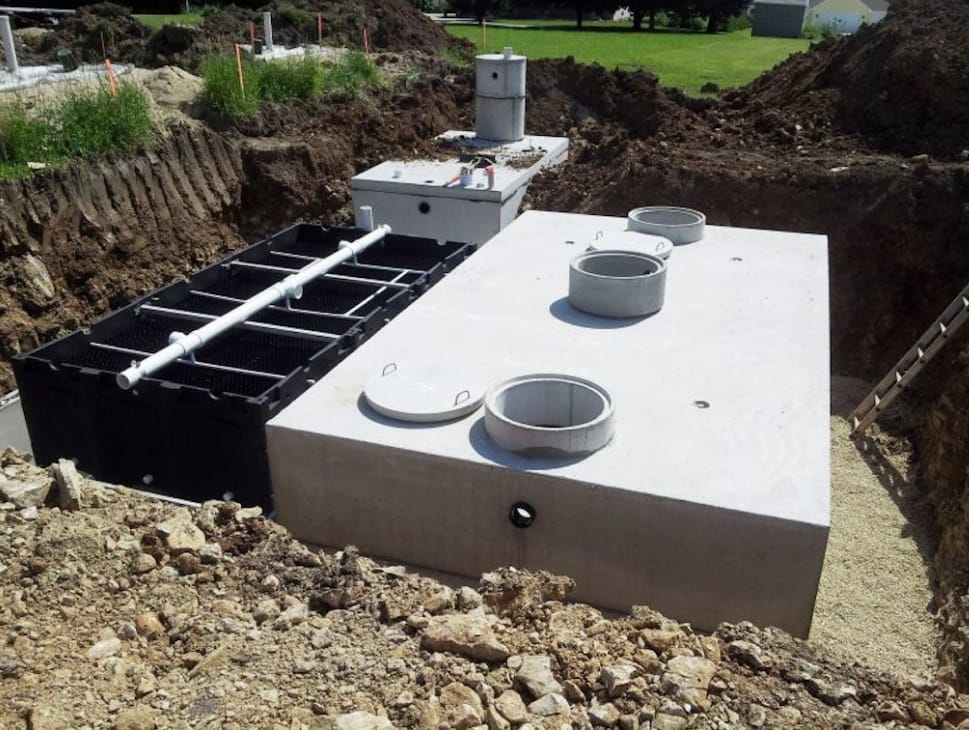Deciding on the right septic tank for your home is a crucial decision that shouldn’t be taken lightly. It’s important to understand the various options available and choose the one that best suits your needs. This blog post will explore whether a concrete septic tank is the right choice for your home.
A precast plunge pool is a durable and reliable option for managing household wastewater. Constructed using high-quality concrete, these tanks are designed to withstand the test of time. The materials used in it, ensure its strength and structural integrity, making it a popular choice among homeowners.
Advantages of concrete septic tanks
- Strength and durability: Concrete is renowned for its strength and durability. Concrete septic tanks are constructed using high-quality materials that are designed to withstand the test of time. They are resistant to external forces and can handle high-pressure situations without damage.
- Effective separation of solid waste: They are designed in a way that facilitates the separation and settling of solid waste. The tank is divided into compartments, allowing solids to settle at the bottom while allowing liquid effluent to pass through.
- Compatibility with high water table areas: In areas where there is a high water table or other challenging soil conditions, they are often the preferred choice. Their sturdy construction helps prevent buoyancy issues that can arise in such conditions.
- Sound absorption: Precast plunge pools have good sound absorption properties. This can be beneficial if the tank is located near living spaces or areas where noise reduction is desired. The dense nature of the concrete material helps mitigate noise generated during the operation of the septic system.
Considerations before choosing a concrete septic tank
- Size and capacity: One of the first considerations when choosing a septic tank is its size and capacity. It is crucial to select a tank that can accommodate the wastewater generated by your household. Estimating the average water usage, the number of residents, and any potential future expansions or additions to the property will help determine the appropriate size of the septic tank.
- Installation requirements: Proper installation of a concrete septic tank is essential for its effective and efficient functioning. The installation process involves excavation, site preparation, and connecting the tank to the plumbing system. They are heavy, which means that installing them requires professional expertise and specialized equipment.
- Maintenance and pumping: Like any septic system, a precast plunge pool requires regular maintenance and periodic pumping to keep it functioning optimally. It is important to understand the maintenance requirements for it and be prepared to follow the recommended maintenance schedule.
- Accessibility for maintenance: Accessibility is an important consideration when deciding on a septic tank. They typically have access points such as inspection ports or risers that allow for easy access during maintenance and inspections.
Conclusion
Choosing the right septic tank for your home is a decision that requires careful consideration. In this blog post, we explored the relevance of concrete septic tanks and their suitability for your needs. We discussed the advantages of concrete tanks, the considerations before making a decision, and the factors that need to be evaluated when selecting a septic tank.
By understanding the benefits and considerations of precast plunge pools, you can make an informed decision that aligns with your requirements and ensures efficient waste management for years to come. Consulting with professionals and adhering to local regulations will further aid in making the right choice.
